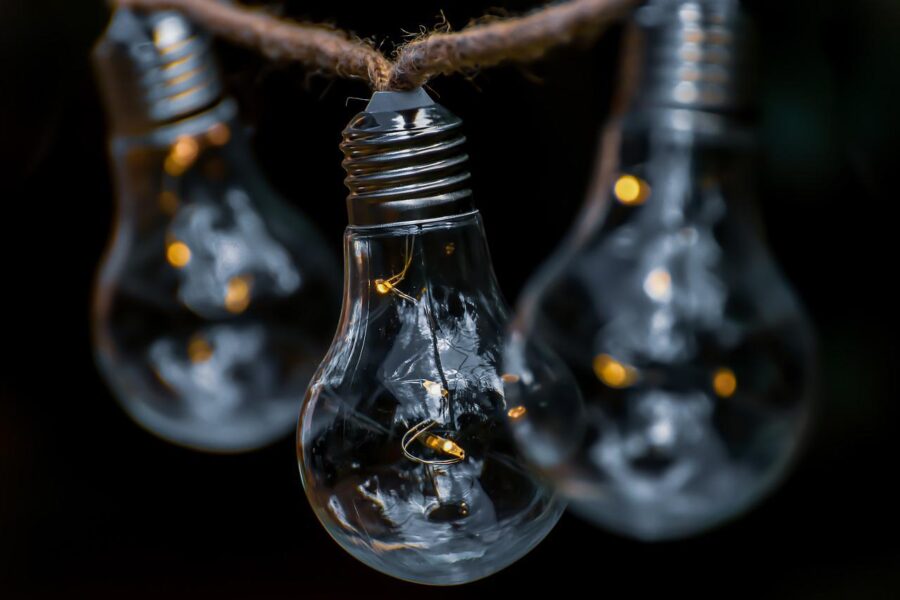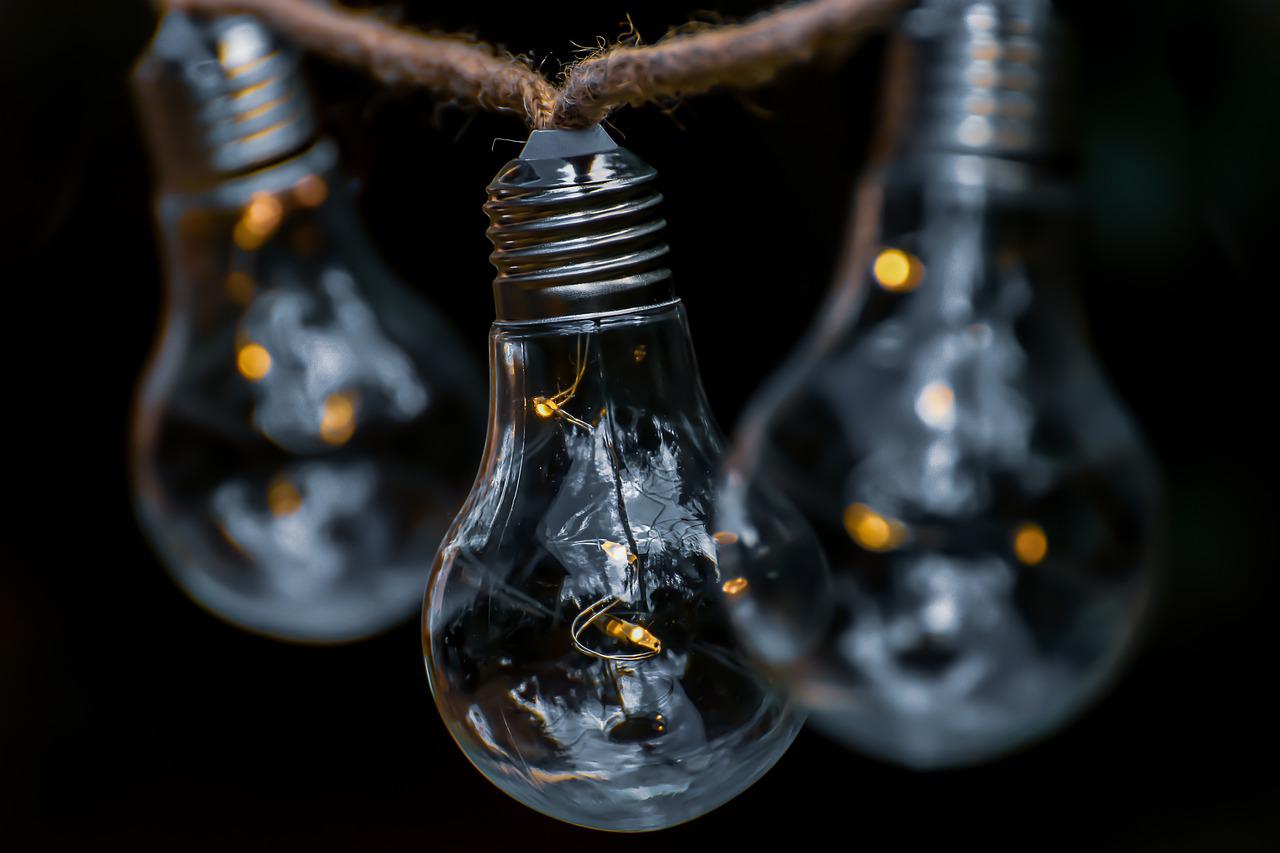
South Africa’s power-sharing agreements with neighbours
While South Africa’s energy crisis shows no immediate signs of abating, SA is still the largest producer (and consumer) of electricity in the Southern African region with significant power-generation capacity. As such, it supplies electricity to several neighbouring countries through bilateral and power-purchase agreements. It’s not as reckless as it looks on paper however, and […]

While South Africa’s energy crisis shows no immediate signs of abating, SA is still the largest producer (and consumer) of electricity in the Southern African region with significant power-generation capacity. As such, it supplies electricity to several neighbouring countries through bilateral and power-purchase agreements.
It’s not as reckless as it looks on paper however, and when Eskom has a shortage of supply it suspends all sales to Namibia and Botswana, while cutting supplies to the other countries by 10%.
ALSO READ: Eastern Cape dam water levels update
During a visit to KZN at weekend, SA president Cyril Ramaphosa made the point that “South Africa is not the only country in the world that is struggling with electricity.”
It’s true that many African countries have worse power cuts than South Africa, but there is a common misperception that discontinuing electricity exports to SA’s neighbours will help resolve the country’s power problems.
ALSO READ: DA concerned by escalating Stages of loadshedding ushering into Winter
In fact, analysts say that South Africa imports more electricity from its neighbours than it exports.
Mozambique’s Cahora Bassa power line provides significant, affordable electricity to South Africa, while South Africa also supplies electricity to its neighbours through two trading arrangements.
1. BILATERAL CONTRACTS WITH NEIGHBOURING UTILITIES
Eskom trades electricity with Nampower in Namibia and the Botswana Power Corporation, both of which receive power from South Africa. South Africa also provides electricity to Swaziland and imports power from Lesotho’s hydroelectric plants. However, these exchanges constitute a relatively small amount compared to South Africa’s total power demand.
2. THE SOUTHERN AFRICAN POWER POOL (SAPP)
The SAPP is a regional organisation that fosters cooperation among power utilities in Southern Africa. It facilitates electricity sharing and trading among member countries, promoting regional energy security and an integrated electricity market
ALSO READ: Gauteng: More than 300 000 jobs lost due to load shedding
The SAPP has 12 member countries, namely South Africa, Lesotho, eSwatini, Botswana, Namibia, Mozambique, Zambia, Zimbabwe, Malawi, Angola, Tanzania and the DRC.
It works similarly to a stock exchange. If South Africa or one of its neighbouring countries has extra capacity beyond its demand, it can bid that electricity to the pool. The utilities have the ability to set a price for this excess capacity, making it available to countries facing a shortage.
ALSO READ: Solar Power Financing Options explained if you want to get Off Grid
This arrangement allows utilities to generate revenue from surplus power without exacerbating power cuts or shortages.
Interestingly, South Africa has an electrification rate that is amongst the highest on the continent, with rural electrification around 66 percent, while electrification in urban areas is approximately 93 percent.
This article was originally published by NICK PAWSON.
